Medical injection-molded products, directly related to human health and safety, require significantly higher dimensional accuracy, structural stability, and surface quality than ordinary industrial products. However, warping and deformation remain critical factors limiting the pass rate of medical injection-molded parts. This article systematically analyzes the causes of warping and deformation in medical injection-molded products from four dimensions: material properties, mold design, molding processes, and post-processing, and proposes targeted solutions.
1. Material Properties: Dual Challenges of Shrinkage Rate and Molecular Orientation
-
Shrinkage Rate Differences Leading to Uneven Contraction: Medical products commonly use materials such as polypropylene (PP), polycarbonate (PC), polyethylene (PE), and glass fiber-reinforced resins (e.g., PBT+30%GF), which exhibit significant shrinkage rate differences. For example, crystalline resins (PP, PE) typically have higher shrinkage rates than amorphous resins (PC, ABS), while glass fiber-reinforced resins show anisotropic shrinkage due to fiber orientation. When wall thickness is uneven, thick-walled areas experience greater shrinkage than thin-walled areas, resulting in uneven internal stresses and subsequent warping.
Case Study: A TV base bracket (PBT+30%GF) suffered from corner uplifting due to uneven wall thickness. By optimizing the gate position (from the center of the long side to the short side) and simplifying the melt flow path, the glass fiber orientation was unified, significantly reducing warping deformation.
-
Molecular Orientation-Induced Residual Stress: During injection molding, the melt fills the mold under high pressure and speed, causing molecular chains to orient along the flow direction. After cooling, the oriented molecular chains generate residual stress due to the "freezing effect," with greater shrinkage perpendicular to the flow direction than parallel to it, leading to bending. For example, long, rectangular products experience higher internal stress accumulation due to longer flow distances and greater differences in freezing layer and central flow layer replenishment.
2. Mold Design: Amplification Effect of Structural Defects
-
Improper Gating System Design: The gate position, type, and quantity directly affect melt filling behavior. Single-point gates can lead to greater radial shrinkage than circumferential shrinkage, causing twisting deformation, while multi-point or film gates can shorten flow paths, reduce freezing layer thickness, and lower internal stress.
Optimization Strategies:
-
Adopt multi-point gate layouts to shorten melt flow paths.
-
Adjust gate positions to the short sides of products to reduce flow ratios (L/t).
-
Use fan gates for circular products to balance shrinkage.
-
Imbalanced Cooling Systems: Excessive temperature differences between mold cavities and cores can cause rapid cooling of melt layers adjacent to cold mold surfaces, while hotter inner layers continue to shrink, creating bending moments. For example, flat products (e.g., mobile phone battery cases) with cavity-core temperature differences exceeding 5°C exhibit significantly higher warping deformation rates.
Optimization Strategies:
-
Arrange dense cooling water channels to ensure cavity-core temperature differences ≤3°C.
-
Use straight-through water channels instead of S-shaped loops to reduce cooling medium temperature rise.
-
Add cooling circuits in deformed areas of long, rectangular products.
-
Defective Ejection System Design: Uneven ejection forces or small ejector pin cross-sectional areas can cause localized overstressing and deformation. For example, deep-cavity thin-wall products (e.g., TPU materials) using only mechanical ejection are prone to puncturing or folding due to high demolding resistance.
Optimization Strategies:
-
Increase the number of ejector pins or switch to ejector blocks to balance demolding resistance.
-
Combine pneumatic (hydraulic) ejection with mechanical ejection to reduce unit area pressure.
-
Set draft angles (typically 1°–2°) to reduce demolding friction.
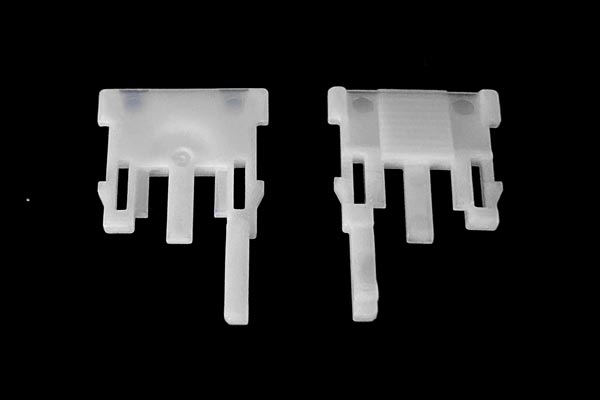
3. Molding Processes: Chain Reactions from Parameter Miscontrol
-
Excessive Injection Pressure and Speed: High-pressure, high-speed injection generates high shear rates, exacerbating molecular orientation differences and increasing the "freezing effect," which intensifies residual stress. For example, forcing high-speed injection at low material temperatures can trap residual shear stress, leading to warping.
Optimization Strategies:
-
Reduce injection pressure to the lowest feasible value.
-
Adopt multi-stage injection speeds (slow-fast-slow) to minimize shear stress.
-
Increase material temperature (per manufacturer recommendations) to promote stress relaxation.
-
Insufficient Packing and Cooling Times: Excessive packing pressure can leave residual compressive stress, while insufficient packing time may cause backflow through unsolidified gates, generating residual shear stress. Inadequate cooling time results in premature ejection of partially solidified products, leading to deformation due to uneven shrinkage.
Optimization Strategies:
-
Use two-stage packing: high pressure at distant gates and low pressure at nearby gates.
-
Extend cooling time until the product is fully solidified (typically 50%–70% of the cycle time).
-
Determine optimal packing time and pressure combinations through CAE simulations.
-
Improper Mold Temperature Control: High mold temperatures increase residual shear stress, while low mold temperatures may cause rapid cooling and stress concentration. For example, PP products with mold temperatures below 60°C exhibit significantly higher warping deformation rates.
Optimization Strategies:
-
Use mold temperature controllers to maintain cavity-core temperature differences ≤3°C.
-
Adjust mold temperatures based on material properties (60–80°C for amorphous resins, 80–100°C for crystalline resins).
-
Avoid excessively low nozzle temperatures that cause rapid material cooling.
4. Post-Processing: Release and Control of Residual Stress
-
Annealing Treatment: For highly stressed products (e.g., glass fiber-reinforced resins), annealing eliminates residual stress. Annealing temperatures are typically 10–20°C below the material's glass transition temperature, with durations adjusted based on product thickness (usually 2–4 hours).
-
Stress-Relief Design: During mold design, structures such as fillets and ribs can reduce stress concentration. For example, adding ribs at the ends of long, rectangular products significantly reduces bending deformation.
5. Conclusion: Systematic Solutions
Resolving warping and deformation issues in medical injection-molded products requires systematic optimization across four areas: material selection, mold design, molding processes, and post-processing.
-
Materials: Prioritize amorphous resins with low shrinkage rates and isotropic behavior, or stabilize shrinkage rates through pre-drying.
-
Molds: Optimize gating, cooling, and ejection systems to ensure temperature uniformity and balanced demolding forces.
-
Processes: Use multi-stage injection, two-stage packing, and sufficient cooling times to control residual stress.
-
Post-Processing: Release stress through annealing or structural optimization.
By predicting deformation trends via CAE simulations (e.g., C-MOLD) and adjusting parameters through practical mold trials, the pass rate of medical injection-molded products can be significantly improved to meet stringent medical industry standards.
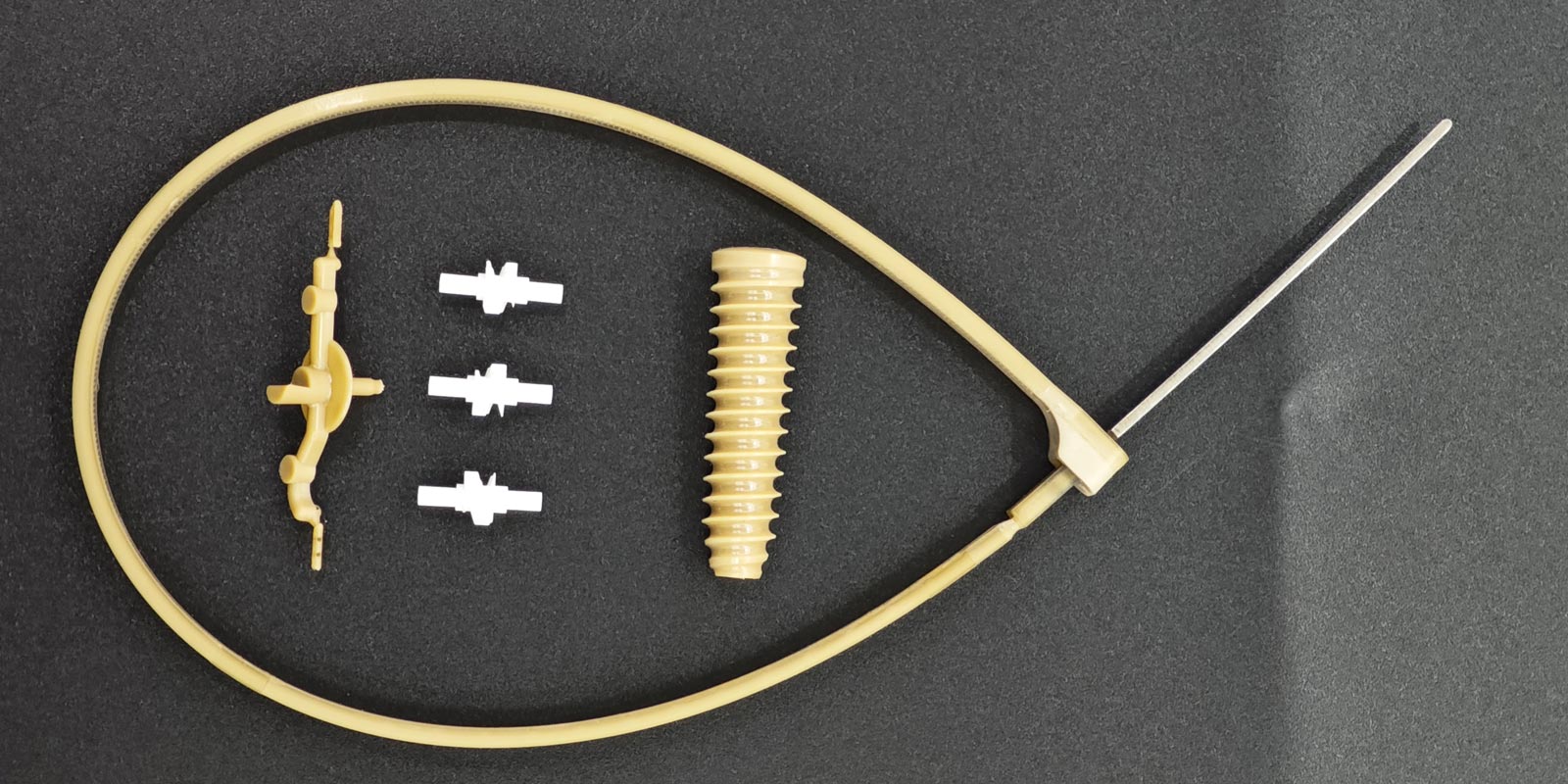
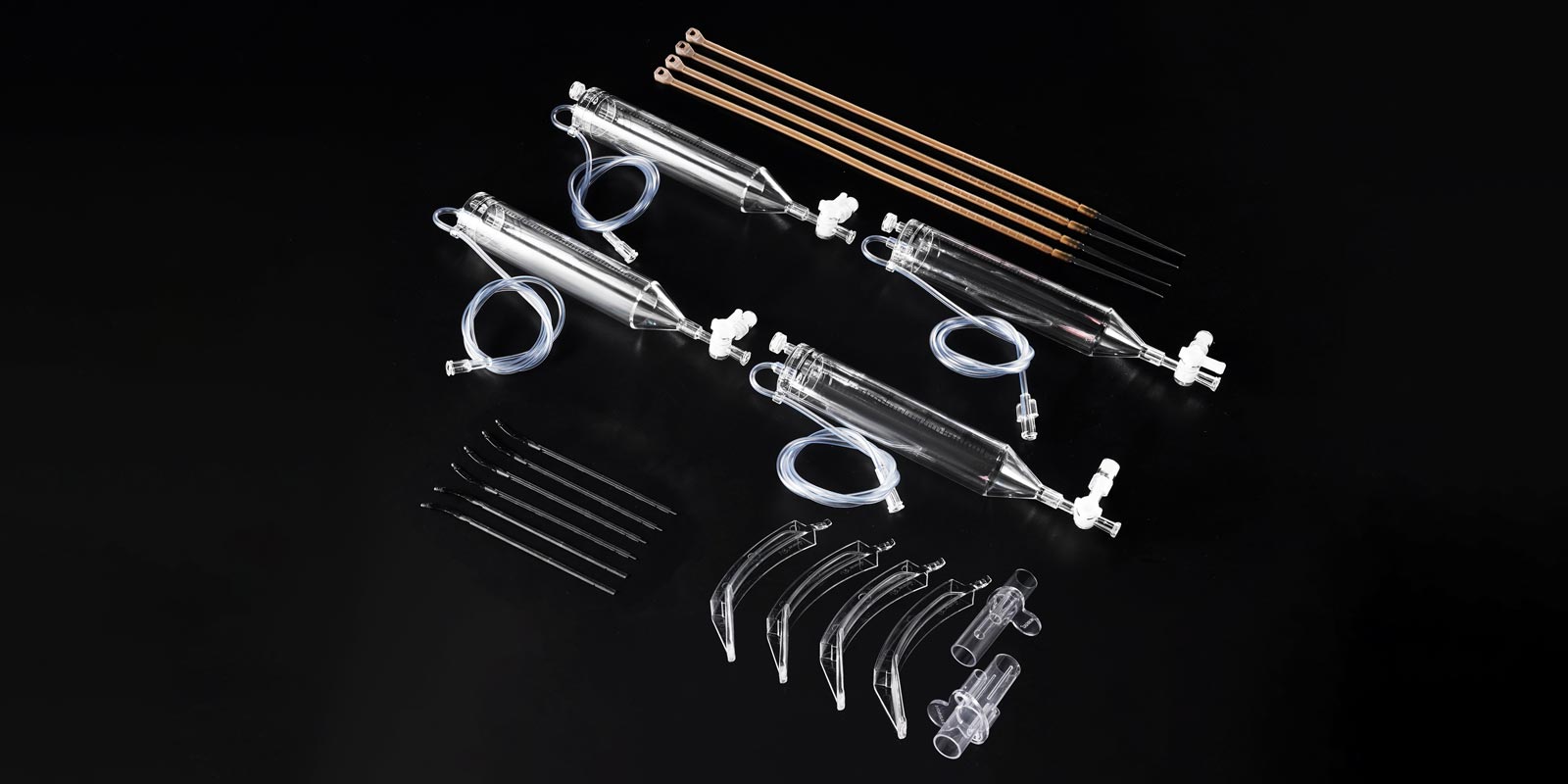

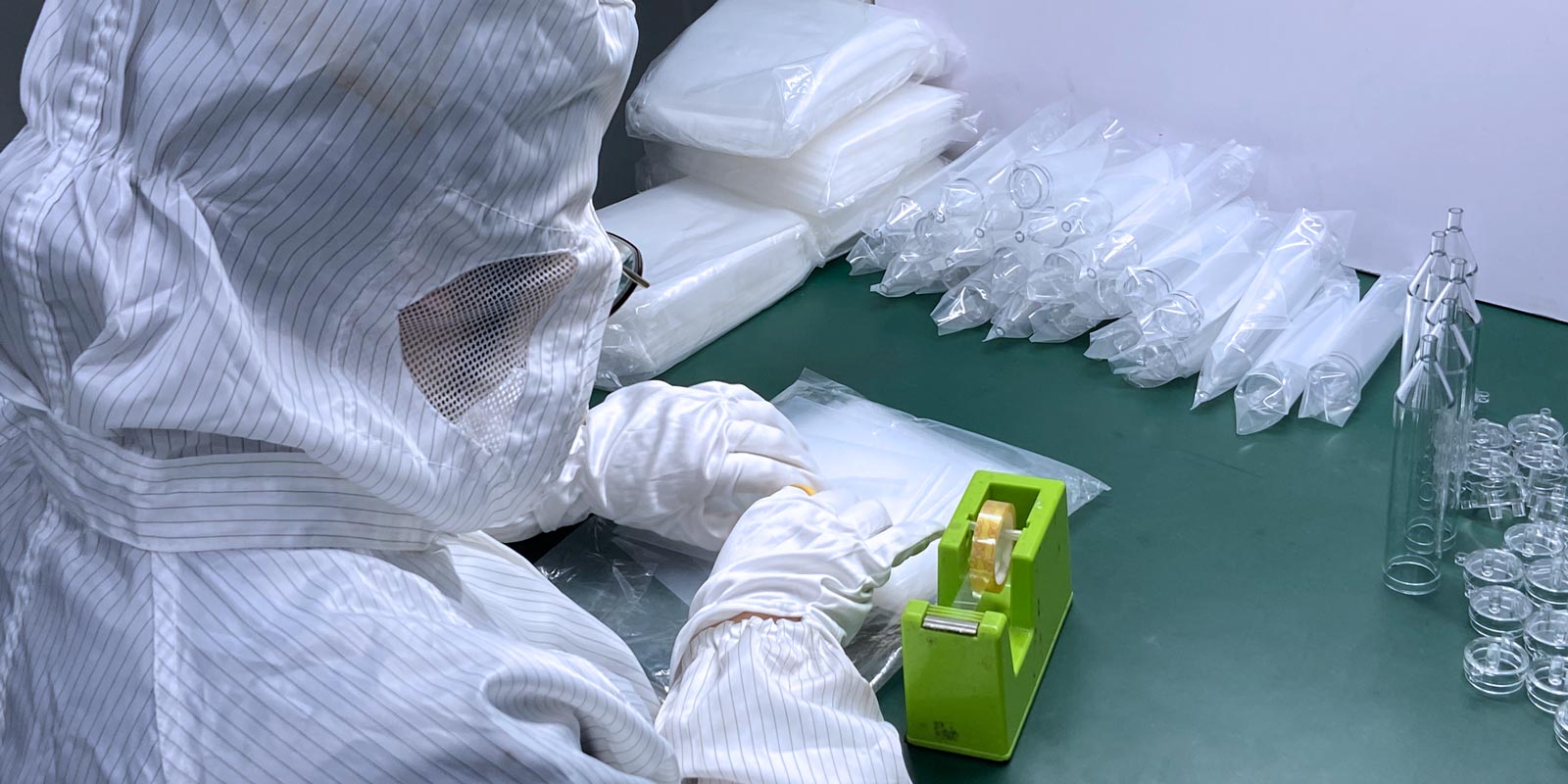
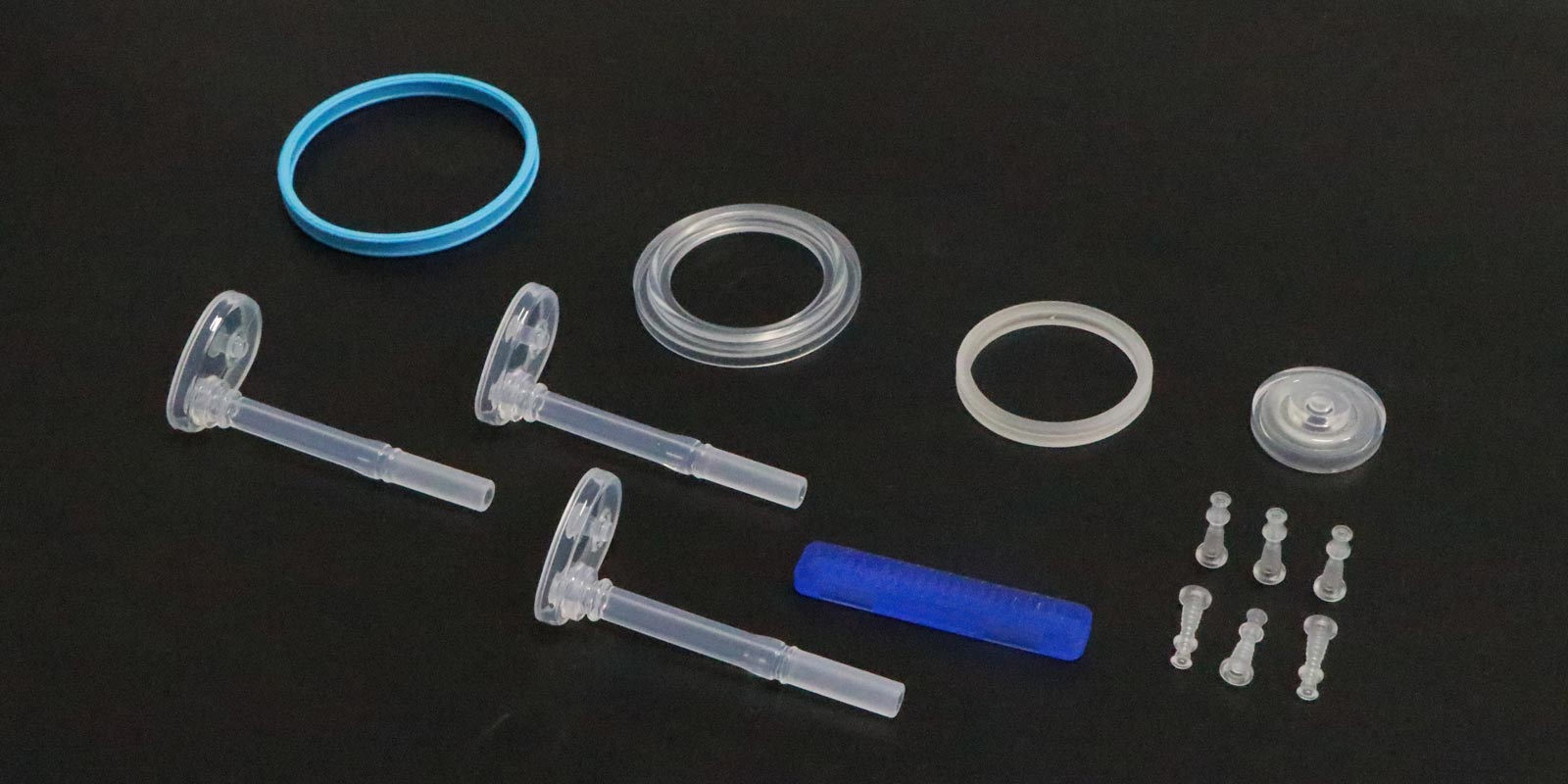
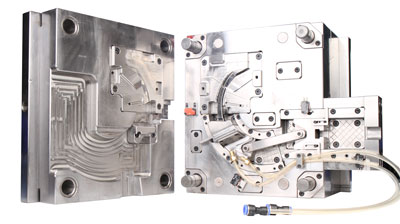
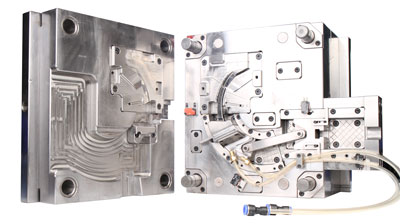
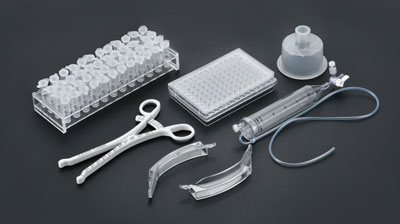
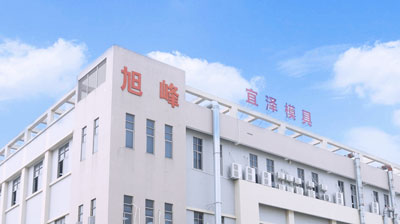







 Home
Home
